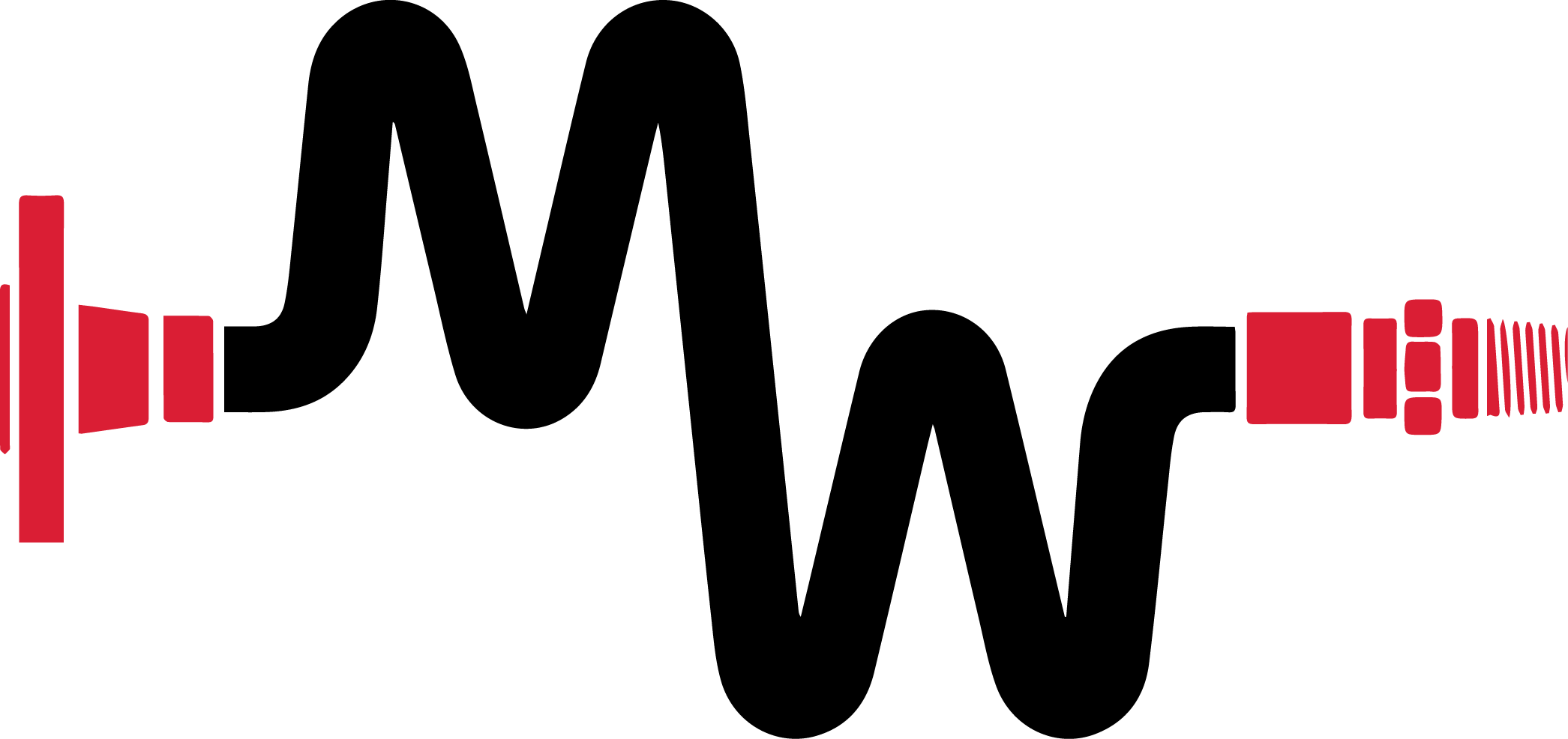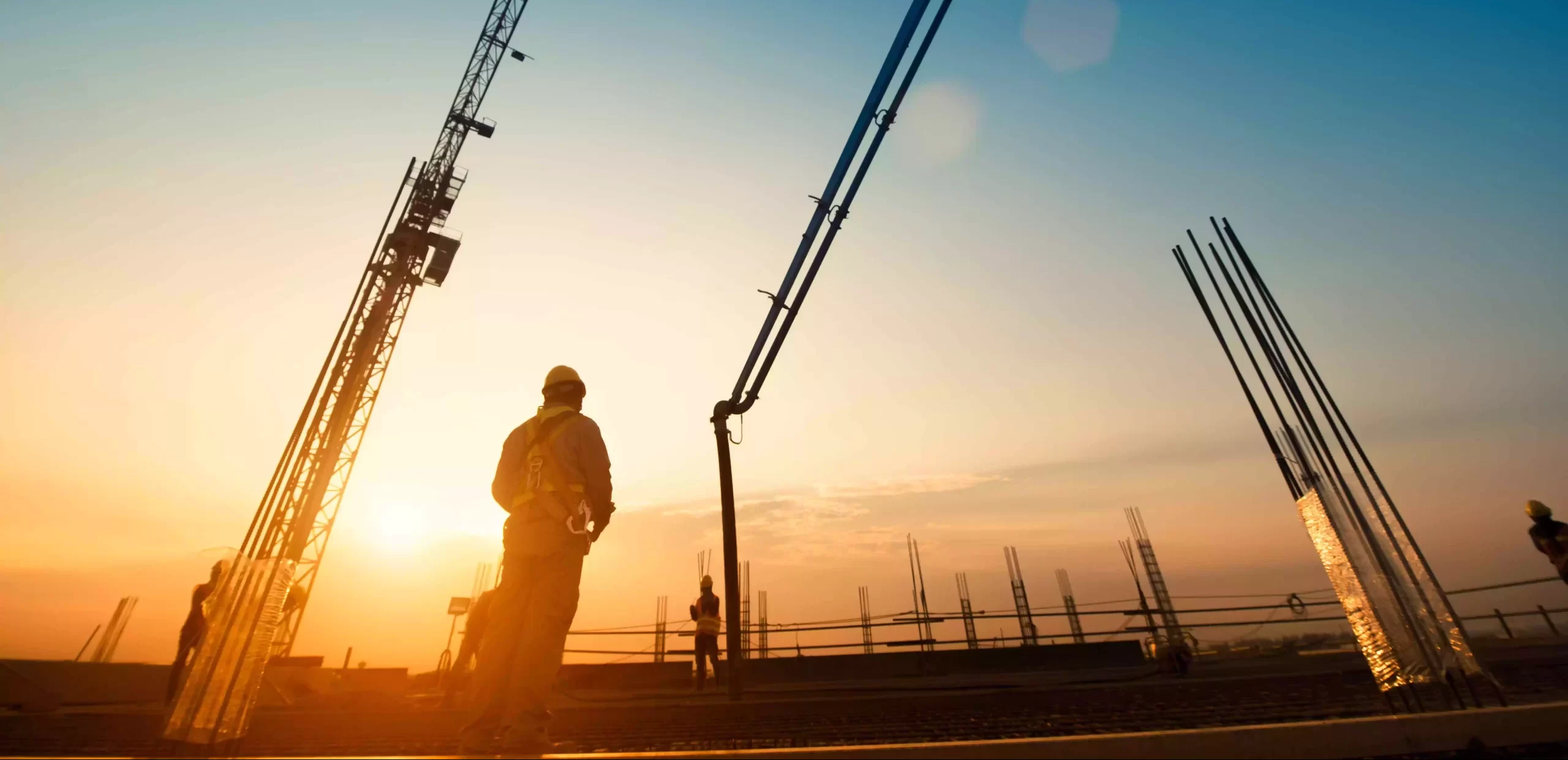Concrete hoses are essential components in construction and industrial applications, playing a crucial role in efficiently delivering concrete from pumps to the desired location. However, the demanding nature of concrete pumping operations can put significant stress on hoses, leading to wear and tear. To maximize the lifespan and performance of your concrete hose, it’s essential to implement proper maintenance routines and best practices. In this blog post, we’ll explore key tips to help you extend the durability and effectiveness of your concrete hose.
1. Choose the Right Hose for the Job
Before diving into maintenance tips, it’s essential to start with the right equipment. Selecting the correct hose type for your application can significantly impact its lifespan. Consider factors such as the hose’s pressure rating, diameter, and material compatibility with the concrete mix you are using. Reinforced hoses designed specifically for concrete pumping are more durable and can withstand the abrasive nature of concrete, ensuring a longer service life.
2. Inspect Regularly for Wear and Damage
Regular inspections are crucial for identifying early signs of wear and preventing hose failure. Before and after each use, carefully inspect the hose for any visible signs of damage, such as cuts, cracks, kinks, abrasions, or exposed reinforcement. Pay close attention to the hose ends and couplings, as these areas are prone to excessive wear due to high-pressure flow and bending stresses. Address any damage immediately—small issues, if left unchecked, can quickly escalate into costly repairs or hose replacement.
3. Proper Cleaning After Each Use
Concrete residue left inside the hose can cause blockages, increase internal wear, and degrade hose materials over time. To prevent these issues, always clean the hose thoroughly after each use. Use a sponge ball or similar cleaning tool to remove concrete buildup inside the hose. Additionally, flush the hose with water to ensure all debris is cleared. Make sure to clean while the concrete is still fresh and pliable—once it hardens, removal becomes much more difficult and damaging to the hose.
4. Avoid Excessive Bending and Kinking
Concrete hoses are vulnerable to damage from excessive bending and kinking, which can weaken the hose structure and reduce its lifespan. To avoid this, ensure the hose is laid out with smooth, gradual curves rather than sharp bends. Use hose supports or stands to guide the hose and minimize excessive movement during operation. Always handle the hose carefully when positioning or repositioning it and avoid dragging it over sharp edges or rough surfaces.
5. Protect Against Abrasion and External Damage
Concrete pumping environments often involve abrasive surfaces, rough terrain, and heavy equipment that can damage hoses externally. To protect your hose, avoid dragging it across rough or sharp surfaces, and consider using hose sleeves or protective covers to minimize abrasion. Protective covers can act as a barrier between the hose and potential hazards, reducing wear and prolonging hose life.
6. Monitor Pressure Levels During Operation
Operating your concrete hose within its recommended pressure limits is vital for preventing internal damage and blowouts. Over pressurizing can cause the hose to weaken and fail prematurely. Always monitor pressure levels during operation and ensure the hose is compatible with the pump’s output. Investing in pressure gauges and regulators can help maintain optimal pressure and prevent overloading the hose.
7. Store Hoses Properly When Not in Use
Proper storage is crucial for maintaining hose integrity. Store hoses in a clean, dry, and shaded area, away from direct sunlight, extreme temperatures, and corrosive substances. Coiling the hose loosely and hanging it on a hose rack can prevent kinks and reduce stress on the hose structure. Ensure that the hose ends are capped to keep out debris and pests that could cause internal damage.
8. Implement Routine Maintenance Checks
In addition to daily inspections, schedule routine maintenance checks to assess the hose’s overall condition. Include checks for signs of internal wear, coupling integrity, and hose flexibility. Regular maintenance not only extends hose life but also ensures safe and
efficient operation on the job site. Keep a maintenance log to track inspections, repairs, and replacements, which can help you identify patterns of wear and optimize hose usage.
9. Train Operators on Proper Handling Techniques
Proper handling and usage are key factors in extending the lifespan of your concrete hose. Ensure that all operators are trained on best practices for hose handling, including how to avoid kinks, minimize abrasion, and perform routine inspections. Educating your team on the importance of proper hose maintenance will lead to fewer mistakes and a longer-lasting hose.
10. Replace Hoses at the Right Time
Despite best efforts, hoses will eventually reach the end of their service life. Recognizing when a hose needs replacement is crucial for preventing costly downtime and potential safety hazards. Replace hoses that show significant wear, reduced flexibility, frequent leaks, or have reached their recommended service life. Regularly replacing hoses at the appropriate time helps maintain operational efficiency and safety on the job site.
Extending the lifespan of your concrete hose is all about proactive maintenance and smart handling practices. By choosing the right hose, conducting regular inspections, and implementing proper cleaning, storage, and operational techniques, you can significantly increase the durability and effectiveness of your concrete hose. Not only does this approach save you money on replacements, but it also enhances the safety and efficiency of your concrete pumping operations. Remember, a well-maintained hose is a reliable hose—keep yours in top condition to ensure it performs at its best for years to come. Call or come see us at Midwest Hose to learn more about our full line of concrete offerings.

